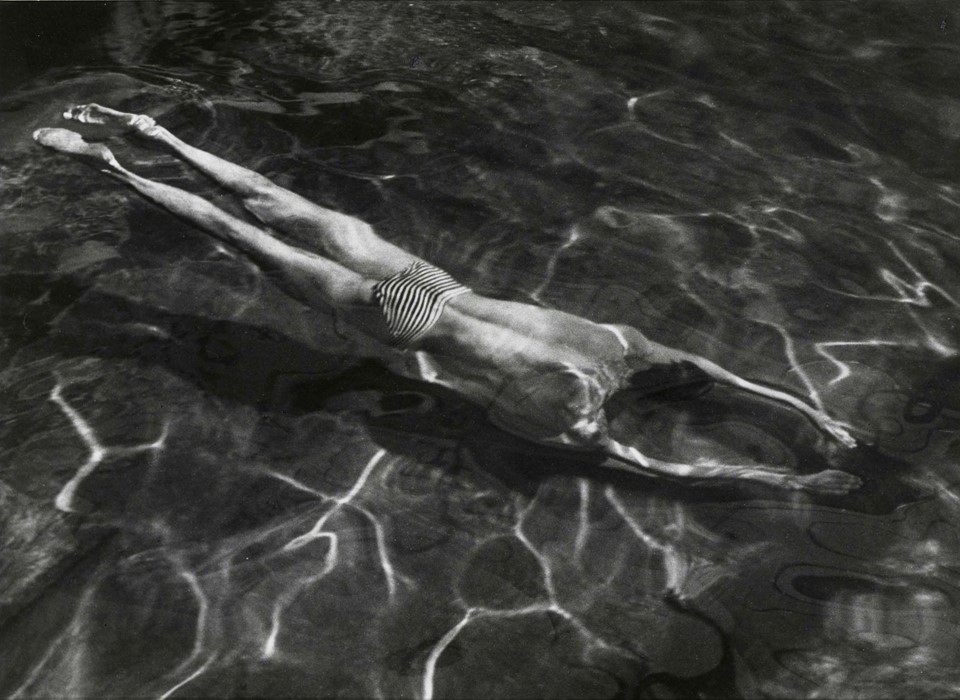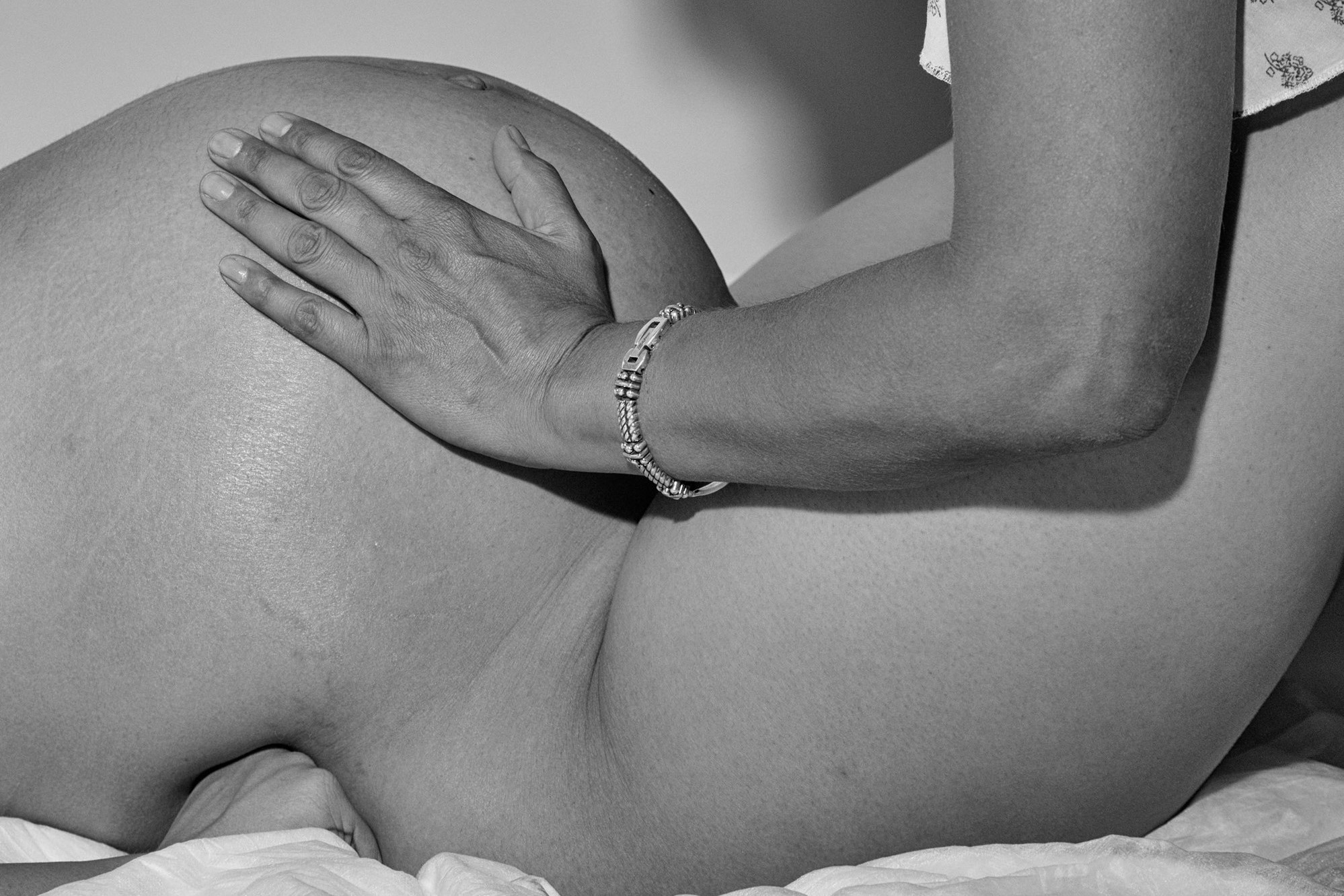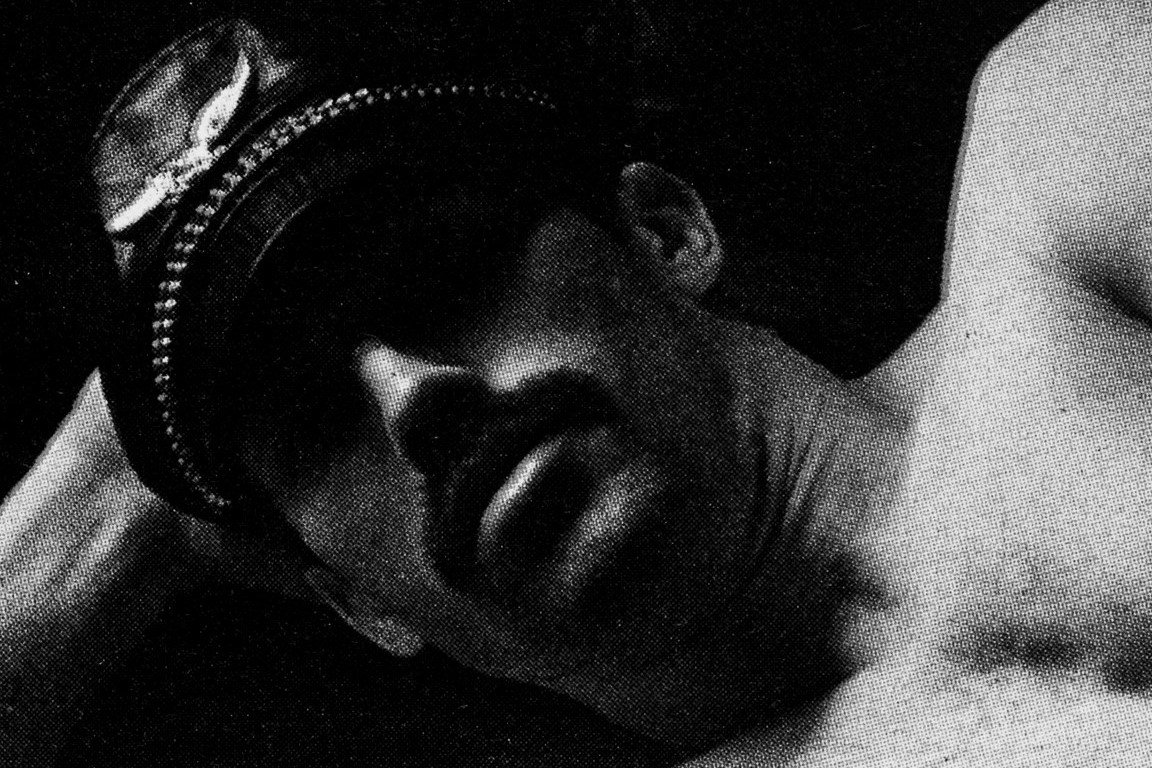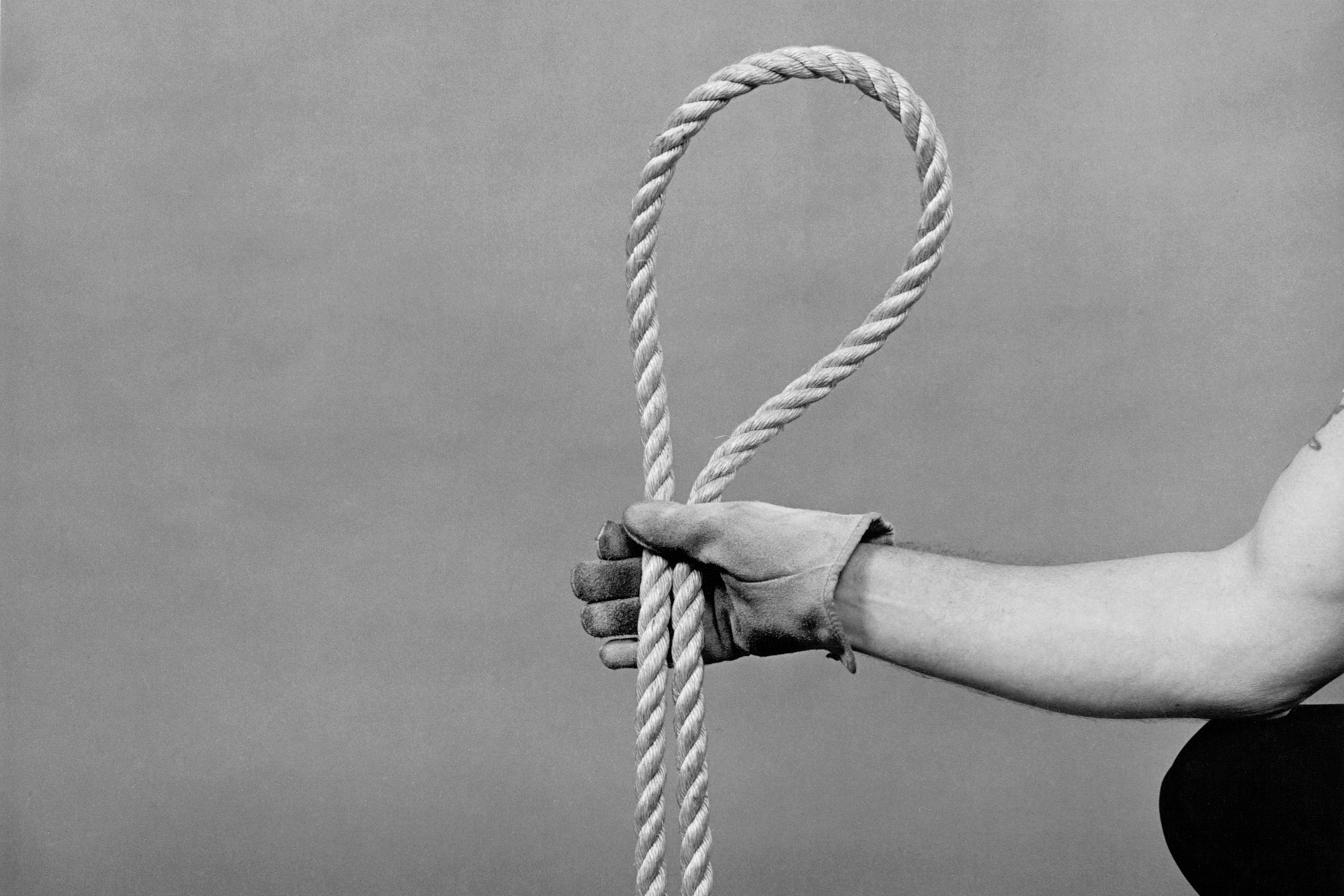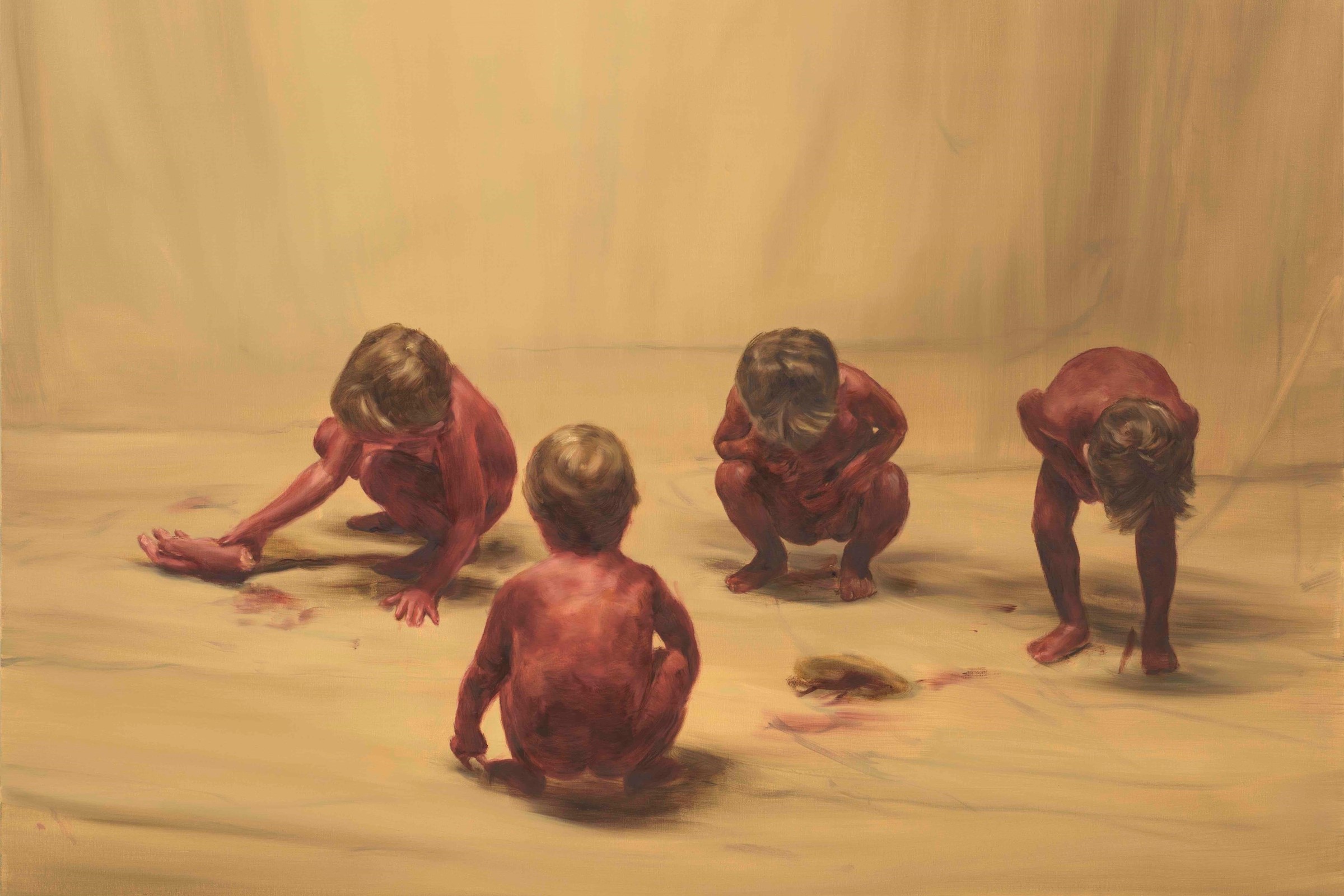As an exhibition of André Kertész's work opens in Amsterdam, we hone in on one of his most famous images (and a favourite of Sir Elton John)
Born in Budapest in 1894, André Kertész was one of the 20th century’s most prolific self-taught photographers. His career took him from Hungary to Paris, then New York, and on to exhibit in cities such as Melbourne and Tokyo. Today, it’s the turn of Amsterdam’s Foam to host a substantial exhibition of Kertész’s work, entitled André Kertész: Mirroring Life.
“He created a visual language, with very strong compositions, and you can see that he had hardly any predecessors to what he did in photography,” curator Mirjam Kooiman tells AnOther over the phone. “Kertész was a source of inspiration to big names in photography, like Henri Cartier Bresson, Brassaï.” Split into four sections – the Hungarian, French, New York and International periods – Foam’s exhibition journeys through Kertész’s oeuvre using almost 200 prints, personal documents, commercial work, contact sheets, and a selection of his lesser known and largely unseen colour photographs.
Kertész’s practice was entirely singular; where his contemporaries were making use of hefty cameras which required tripods and seeking painterly compositions, he worked with smaller devices that allowed him more spontaneity when shooting. “He didn’t want to put too much artifice in his prints – he wanted to be simple and clear and truthful,” Kooiman explains. Citing Kertész’s experiences in conflict, Kooiman highlights the extent of his differing approach to photography. “When he was called to the Austrian-Hungarian War he took his camera with him, but instead of photographing the front he was more focused on finding beautiful compositions,” she says, “capturing his personal experiences with other soldiers around him and their daily lives in war – a personal diary rather than news images.”
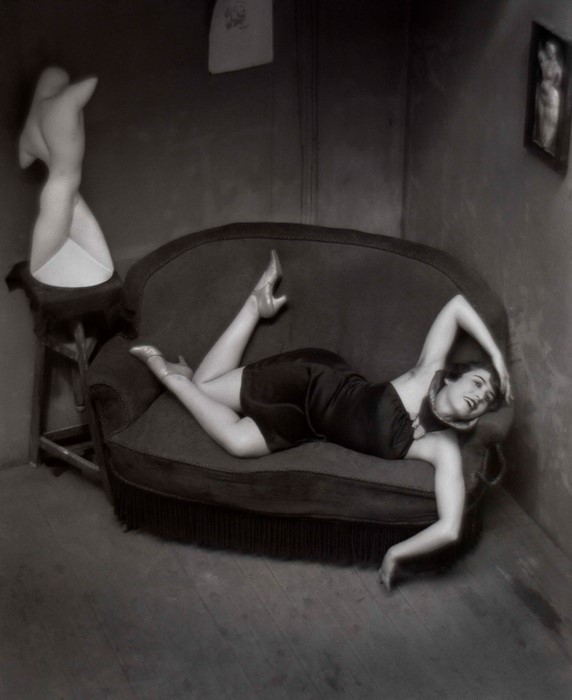
It was when Kertész was recovering from a wartime injury in 1917 that he took Underwater Swimmer, one of his best-known photographs. It has been hugely influential to image-makers the world over. “Kertész was shot and his arm was paralysed for a while,” Kooiman explains. “He did recover from it completely – it took a month – and in the meantime, he was photographing.” The black and white image depicts a lithe man swimming beneath the surface of a swimming pool, the water dappling the light and distorting the figure ever so slightly.
Intriguingly, there are two possibilities as to the swimmer’s identity: some accounts state it is one of Kertész’s brothers, Jenő, while others suggest it is a fellow injured soldier taking part in swimming as physical therapy. Kooiman errs on the side of the former, saying “he made a lot of photographs of his brothers as they were very athletic. When you look at the photos from the Hungarian period, you can only imagine how romantic his life was. A lot of his work was made in the countryside and you see his brothers swimming and dancing – it is a very romantic view of the Hungarian countryside.”
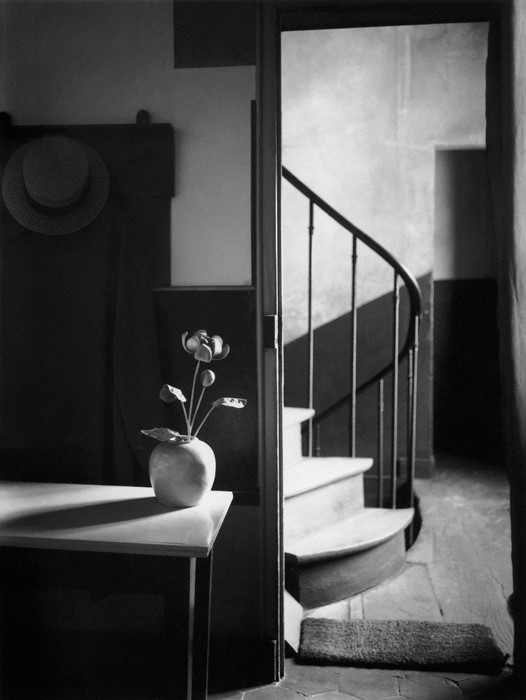
What’s striking about Underwater Swimmer is that it’s the first example of Kertész’s now-signature use of distortions, a technique he went on to revisit repeatedly. “Throughout his career he had this interest for mirroring surfaces, reflections and distortions – as a reflection on life,” muses Kooiman – hence Foam’s choice of the term Mirroring Life to title the exhibit. With this photograph, Kertész also pioneered the idea of capturing a person underwater, a subject that is rife in the art and photography worlds today – David Hockney’s swimming pools, Deanna Templeton’s skinny dippers and Emma Hartvig’s The Swimmers spring to mind – and a fact which lends to the image a timeless quality.
In this sense, Kertész’s choice of subjects that were not previously deemed worth photographing also set him apart from his contemporaries. And if further proof of Kertész’s genius were needed, last year Sir Elton John named Underwater Swimmer the most influential photograph of the 20th century. “I chose this one because I think it’s had such an influence on so many photographers and artists,” the singer and avid photography collector stated. “To me, this is the first photograph that made a man’s body sexy. I think it revolutionised how people look at the male form. I consider this one of the pièces de résistance of my collection.”
André Kertész: Mirroring Life runs until January 10, 2018, at Foam, Amsterdam.
